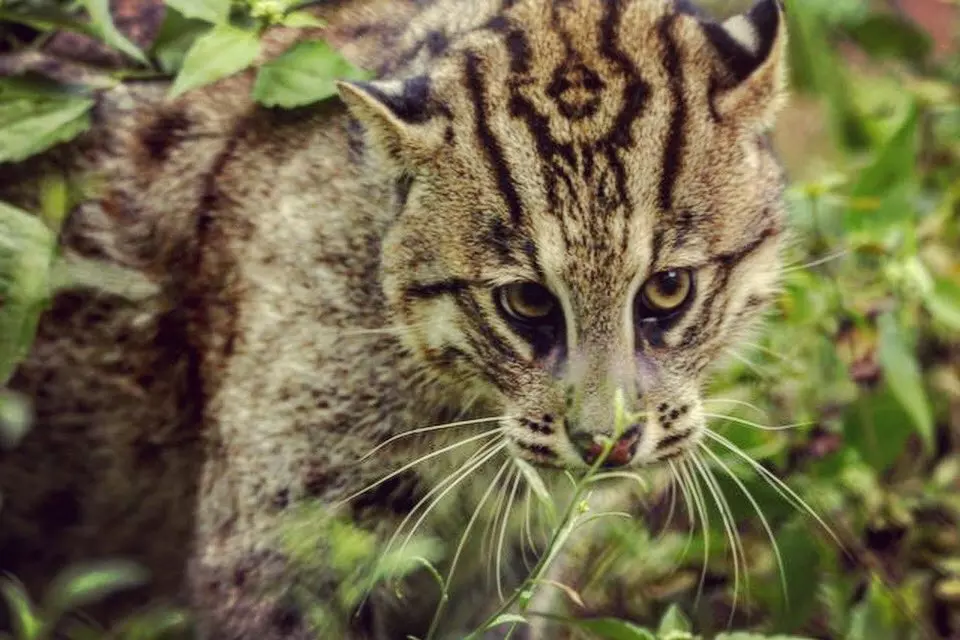Fishing Cat Census To Be Taken Up in Krishna Sanctuary Soon

Fishing Cat moves in the deep areas in the sanctuary limits and can be hardly seen unless they move inside the sanctuary. (Image: Twitter)
VIJAYAWADA: In a first of its kind, the forest authorities are going to take up the Fishing Cat census in Krishna wildlife sanctuary soon to find out the number of endangered species existing and to initiate steps to improve its habitat.
The Fishing Cat is considered as the flagship species in Krishna wildlife sanctuary and the authorities are procuring the cameras with Rs 10 lakh budget allocated to track and trap the movement of the animal.
The authorities say that they intend to find out the exact number of the fishing cat population living in the sanctuary by taking up the census so that they can initiate a series of steps like habitat improvement and to conserve and protect the Schedule-1 species of the Wildlife (Protection) Act, 1972.
Sources from the forest department said that the Fishing Cat census is being held at Coringa sanctuary in Kakinada district on a regular basis every two years involving the EGREE foundation.
Meanwhile, the forest authorities are taking up an awareness drive among the local villagers not to hunt the endangered species of Fishing Act, by explaining about the legal provisions that deal with such an act and also by setting up display boards at prominent places on the need to conserve and protect the species and to alert the forest officials in case they find the species either being hunted or found outside the sanctuary limits.
Eluru divisional forest officer (wildlife) M. Hima Sailaja said, “We are getting ready to take up the Fishing Cat census at Krishna wildlife sanctuary for the first time by setting up camera traps, to know the size of its population and the requisite measures to be taken up to conserve and protect it.”
Environmentalists say that the Fishing Cat moves in the deep areas in the sanctuary limits and can be hardly seen unless they move inside the sanctuary. They also say that whenever the Krishna river witnesses floods, the animal moves to safety and there are hardly any cases where they animal got affected during the floods.
On the other hand, the Krishna wildlife sanctuary which is considered as an estuarine mangrove wetland harbours nearly 20 species including Fishing Cat, Smooth Coated Otter, Olive Ridley Sea Turtles for nesting and the mangrove forests serves as a natural barrier against cyclonic storms. The extent of mangrove forests in the Krishna sanctuary is increasing from 128.31 sq km in 2014 to 177.22 sq km in 2024.
( Source : Deccan Chronicle )
Next Story

